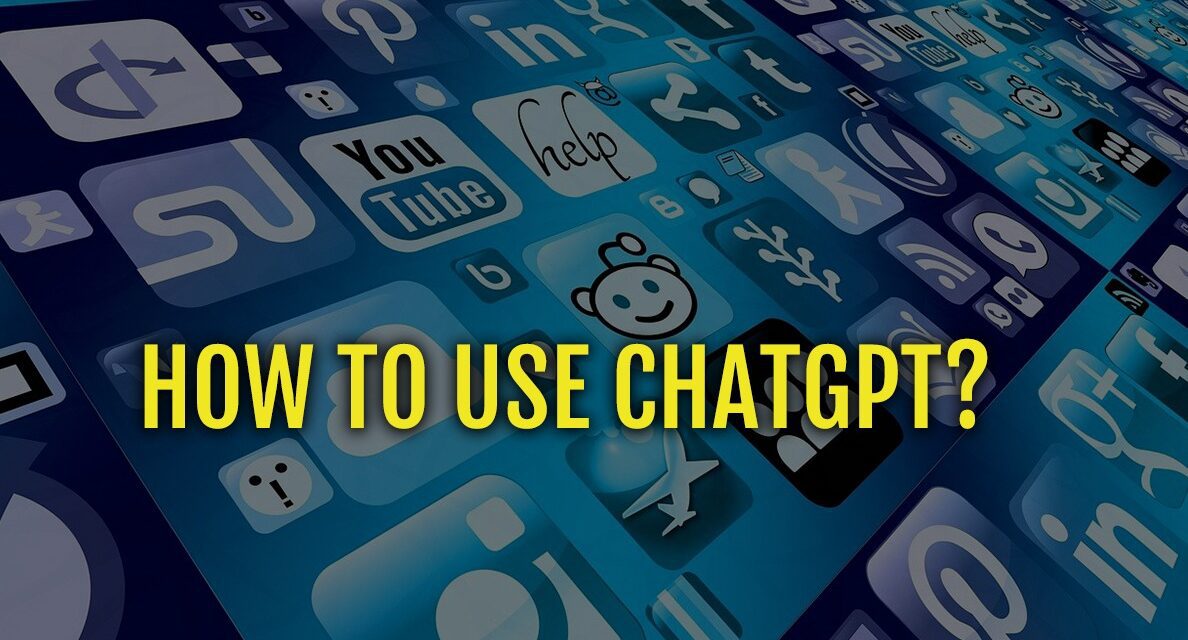Introduction
ChatGPT, powered by OpenAI’s GPT-3.5 architecture, is an advanced language model designed to understand and generate human-like text based on input it receives. Whether you’re a developer, content creator, or a curious user, harnessing the capabilities of ChatGPT can open up a world of possibilities. In this blog, we’ll explore how to make the most of ChatGPT and provide practical tips on using this powerful tool effectively.
Getting Started with ChatGPT
To begin your journey with ChatGPT, access the platform provided by OpenAI. You can interact with the model via the OpenAI Playground or API integration into your own applications. Familiarize yourself with the guidelines and best practices provided by OpenAI to ensure responsible and ethical usage.
Crafting an Engaging Conversation
ChatGPT thrives on conversational input. Structure your queries as if you were chatting with a knowledgeable and helpful assistant. Begin with a system message to set the behavior of the model, followed by user messages that contain the questions or prompts you wish to explore. You can use user messages to provide context or build upon previous interactions, creating a more dynamic and engaging conversation with the model.
Experimenting with Temperatures and Tokens
ChatGPT allows you to control the creativity of its responses by adjusting the “temperature” parameter. Higher values (closer to 1.0) make the output more random and creative, while lower values (closer to 0.0) produce more focused and deterministic responses. Experiment with different temperature settings to find the balance that suits your needs.
Keep in mind that ChatGPT has a maximum token limit (e.g., 4096 tokens for GPT-3.5). Long conversations may require truncation or modification to fit within this constraint.
Guiding the Model with System Instructions
To guide ChatGPT’s behavior, include clear and explicit system instructions at the beginning of the conversation. For example, you can instruct the model to answer in a specific style, provide step-by-step explanations, or generate creative content like poetry or storytelling. These instructions help the model understand your intent and deliver responses aligned with your requirements.
Iterative Refinement and Feedback
The power of ChatGPT lies in its ability to learn and adapt based on user feedback. If the initial response doesn’t meet your expectations, you can iteratively refine your instructions and prompts to guide the model towards better results. The feedback loop is crucial for enhancing the quality of responses over time.
Real-World Applications
ChatGPT has a broad range of applications, including content drafting, brainstorming ideas, programming help, language translation, and more. Explore various use cases to discover how ChatGPT can add value to your projects and workflows.
Responsible
While ChatGPT is a powerful tool, it is essential to use it responsibly and ethically. Avoid generating harmful content, spreading misinformation, or engaging in any activity that could manipulate or deceive users. Follow OpenAI’s usage guidelines and ensure that your interactions align with ethical standards.
Conclusion
ChatGPT offers a glimpse into the vast potential of artificial intelligence and natural language processing. By leveraging this language model responsibly, you can unlock new possibilities in content creation, problem-solving, and communication. Experiment with different approaches, iterate on instructions, and explore diverse use cases to fully grasp the capabilities of ChatGPT.
Remember, responsible usage is key to ensuring that AI remains a force for positive change. As you explore and create with ChatGPT, you contribute to the advancement of AI technology and its beneficial impact on society. Let’s embrace the power of ChatGPT while keeping in mind the importance of ethical AI practices. Happy chatting!





